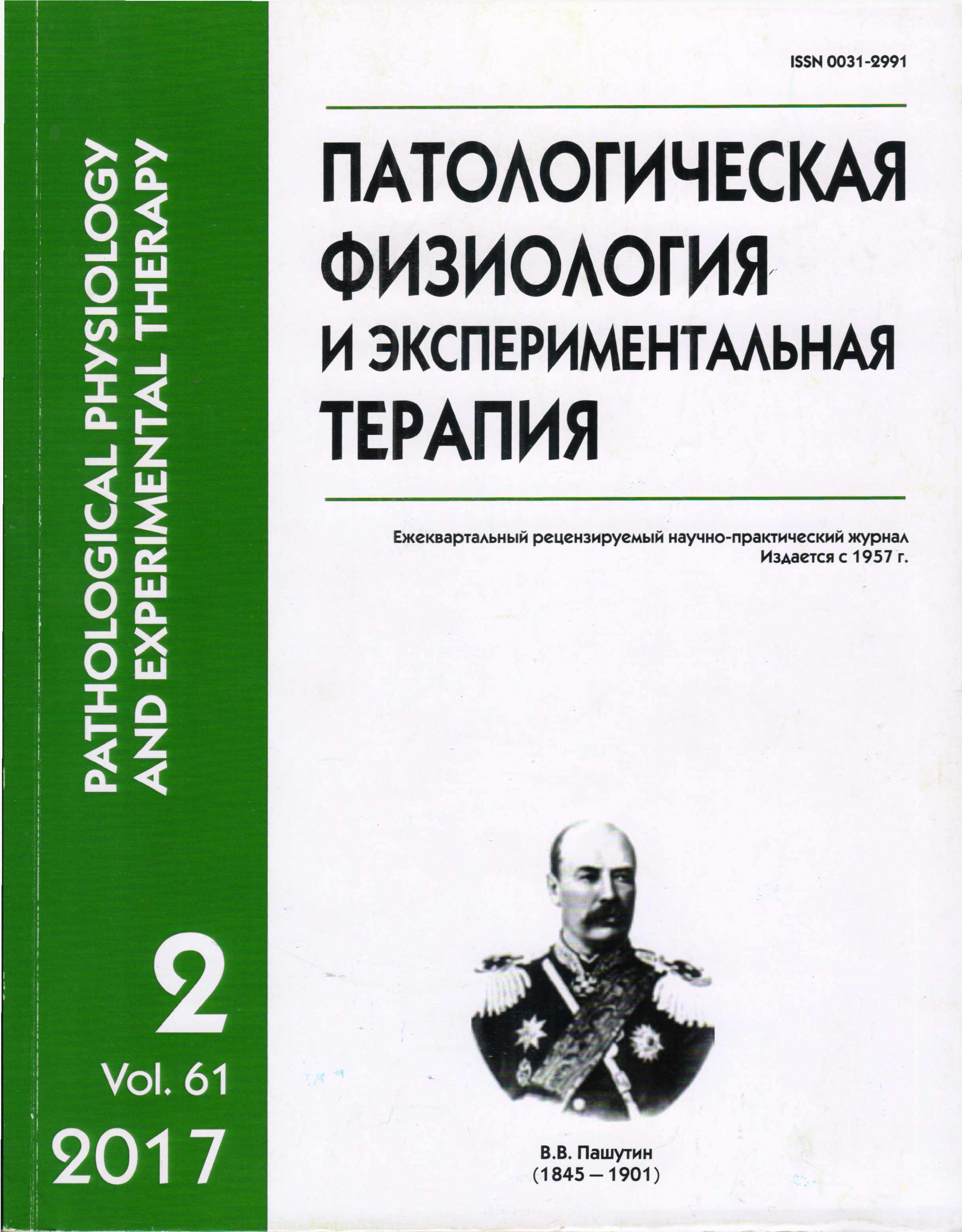Effect of conditioned medium from mesenchymal stem cells on regeneration of endothelium at HCl-induced damage trachea in rats
Abstract
The purpose. Respiratory epithelium regeneration is studied in rats with tracheal damage induced by inhaling hydrochloric acid vapor. Method. Regeneration process after the chemical burn was activated by intratracheal administration of preparations obtained from the same-species mesenchymal stem cells (MSC). Results. Tracheal epithelium is shown to recover almost completely on day 3—7 after applying MSC compositions (MSCs). Closed structures containing ciliated cells similar to ciliated cells of the respiratory epithelium lining the trachea are formed in the submucosal epithelium during regeneration. These structures migrate towards epithelium and get incorporated into the damaged epithelium. This phenomenon is apparently indicative of the special mechanism of respiratory epithelium regeneration after HCl-induced injury. Conclusion. It is demonstrated in this study that cell-free MSCs instilled intratracheally promote the recovery of normal submucosal epithelium by either preventing or reducing necrosis and inflammation. Such topical MSCs administration significantly accelerates migration of ciliated cell towards the surface and de novo formation of the ciliary epithelium.






